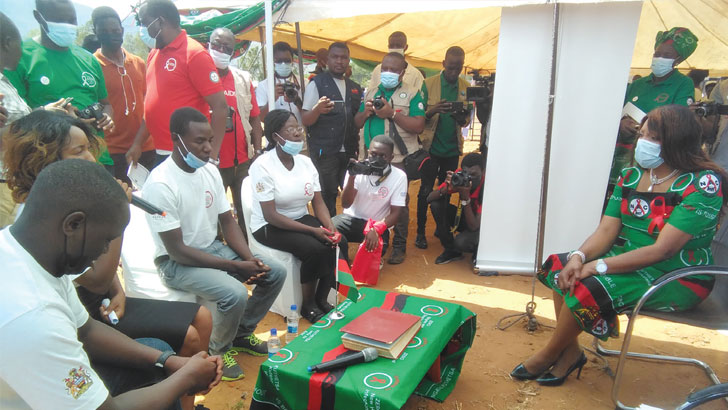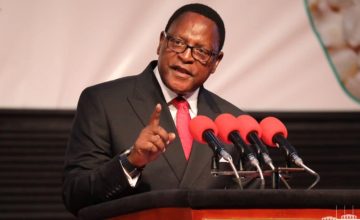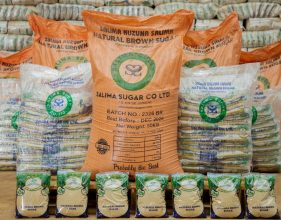Disparities cripple HIV fight—envoy
Donors and ci v i l society organisations (CSO) have urged government to address some disparities in the fight against HIV and Aids, warning such disparities may affect the country’s 2030 goal if not addressed.
The 2030 goal aims at of ending Aids as a public health threat, but this, they say, could be thwarted by disparities in accessing HIV prevention and treatment services for other groups within the population.
The call was made Wednesday in Rumphi, when the country joined the rest of the World in Commemorating World Aids Day under the theme, End Inequalities, End AIDS, End Pandemics.

Chargé d’Affaires at the US Embassy, JeremeyNeitzke said the United States has provided over $1 billion to ensure that all Malawians have comprehensive access to quality HIV prevention, care, and treatment services.
This, he said, is in addition to the $600 million dollars provided by the U.S government to the Global Fund for Malawi, adding, in 2020 alone, the combined contributions from the US President’s Emergency Plan for Aids Relief (PEPFAR) and the Global Fund totaled $298 million for the national HIV response.
He said: “I have visited Key Population drop-in centres and talked with young women who are selling sex to make ends meet because many have small children and a family to feed at home.
“We know that our work is not yet over…20 000 Malawians are newly infected with HIV each year and we struggle to reach those who may be asymptomatic presently and unaware of their HIV status. Sustaining HIV epidemic control must remain a top priority.”
Already, results of the 2020-21 Malawi Population-b a s ed HIV Impa c t Assessment (MPHIA) show that Malawi is moving towards attaining the UNAIDS 95–95–95 HIV epidemic control targets set for 2025. Prevalence rate is at nine (9) percent
For Neitzke, results of the MPHIA 2020-2021 survey validate the tremendous progress the Government of Malawi has achieved in preventing new HIV infections and making treatment widely available.
Board Chairperson for (Manaso), MazikoMatemba decried that rates of new infections among Adolescent Girls and Young Women (AGYW) is scary.
He said AGYW account for 74 percent of new HIV-Aids infection in Malawi and HIV-Aids incidence is eight (8) times higher among AGYW than among Adolescent Boys and Young Men (ABYM).
This, he said, means that more young girls are infected with older men because of cultural systems.
He said: “Talking about inadequate HIV prevention financing as reported at WAD 2020 event in Mitundu, Lilongwe, our assessment through Civil Society shadow reporting show that Malawi only allocates nine percent of the overall HIV funding towards prevention against a recommended 25 percent globally.
“This should be of concern to all of us as a nation, including civil society and communities in the fight against HIV as this has not changed as a country we still behind in having adequate financing for HIV Prevention Programmes.”
On her part, deputy Minister of Health Chrissy Kalamula Kanyasho, who
was guest of honour, said an increase in HIV infection among young men aged
25–34 years was worrisome and need concerted efforts to be tamed.
“This is worrisome considering that this age group is key for national development. It is, therefore, important that all stakeholders in the HIV and Aids response focus their interventions to specific vulnerable groups which include men, adolescent girls and young women who are vulnerable to contracting HIV.
“These groups are at risk of contracting HIV due to social-cultural and economic factors, limited access to sexual and reproductive health rights, gender-based violence and sexual harassment.”
Malawi launched the 2020- 25 National Strategic Plan for HIV and Aids to ensure that all necessary HIV and Aids control measures are implemented to reduce the HIV and Aids impact and eliminate it as a public health threat by 2030 in line with the 2016 United Nations General Assembly Political Declaration on HIV and Aids.





